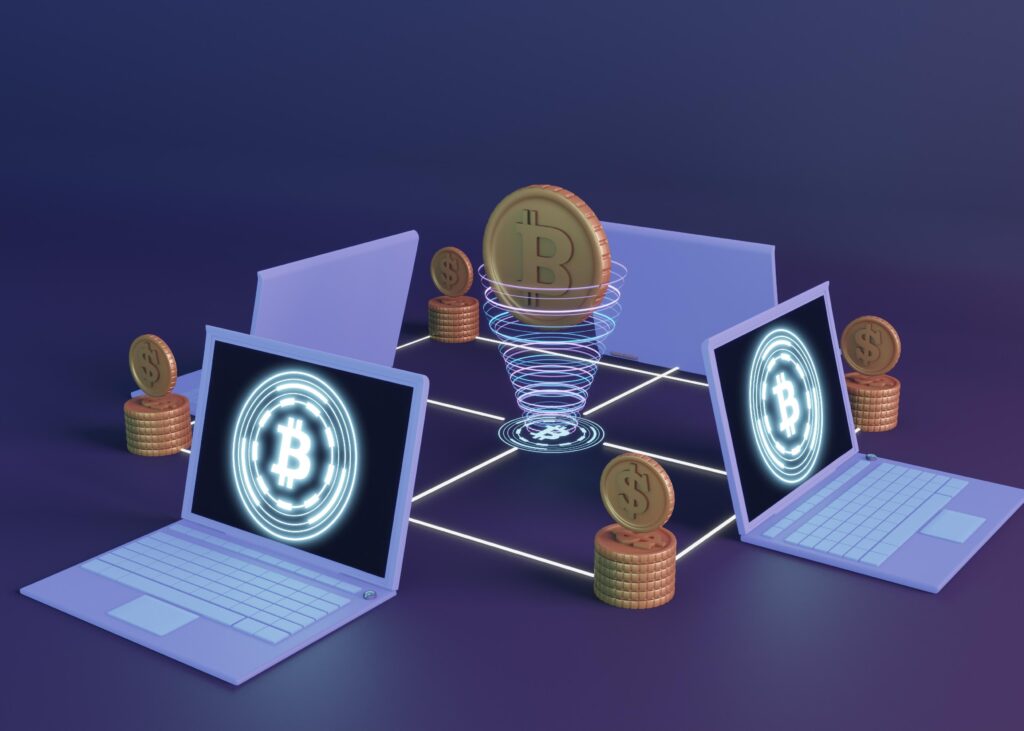In the rapidly evolving world of cryptocurrency, speed and efficiency are crucial for staying ahead. The 360 Bitcoin Accelerator is one such innovation designed to address these needs. This article explores the 360 Bitcoin Accelerator, its functionality, and its broader implications for the Bitcoin network and cryptocurrency landscape.
What is the 360 Bitcoin Accelerator?
The 360 Bitcoin Accelerator is a technological solution aimed at improving the speed and efficiency of Bitcoin transactions. In essence, it functions as a service that accelerates transaction processing, ensuring that transactions are confirmed faster than they would be through standard means. This is particularly valuable in scenarios where users face delays due to network congestion or high transaction fees.
How Does the 360 Bitcoin Accelerator Work?

To understand the mechanics of the 360 Bitcoin Accelerator, it is essential to grasp the fundamentals of Bitcoin transaction processing and the specific enhancements introduced by the accelerator.
Bitcoin Transaction Processing Basics
Bitcoin transactions are recorded on a public ledger known as the blockchain. Each transaction is grouped into a “block” and added to the blockchain by miners who solve complex cryptographic puzzles. Transactions are confirmed when they are included in a block and added to the blockchain.
However, Bitcoin’s network has a finite capacity for processing transactions. The size of each block is limited, and miners prioritize transactions with higher fees. As a result, during periods of high network activity, users may experience delays in transaction confirmations.
The Role of the 360 Bitcoin Accelerator
The 360 Bitcoin Accelerator addresses these delays by offering a service that prioritizes transactions. Here’s how it works:
- Submission of Transaction: Users submit their Bitcoin transaction to the accelerator service. This transaction is typically accompanied by a fee that is higher than the standard network fee to incentivize quicker processing.
- Transaction Review and Optimization: The accelerator reviews the transaction, ensuring that it is valid and that all required details are correct. It may also adjust the transaction fee to ensure it meets current network conditions.
- Broadcasting to Miners: The accelerator then broadcasts the optimized transaction to a network of miners or mining pools. By doing so, it ensures that the transaction is included in the next block or a subsequent block, bypassing delays caused by network congestion.
- Confirmation: Once the transaction is included in a block and confirmed by the network, it is recorded on the blockchain. The user receives confirmation that the transaction has been successfully processed.
Benefits of Using the 360 Bitcoin Accelerator
The 360 Bitcoin Accelerator offers several advantages for Bitcoin users:
- Faster Transaction Processing: By prioritizing transactions and optimizing fees, the accelerator significantly reduces the time required for transactions to be confirmed. This is especially beneficial for urgent transactions that need to be processed quickly.
- Reduced Transaction Fees: While the accelerator involves an additional fee, it can sometimes result in lower overall costs compared to waiting for network congestion to subside. By optimizing fees, users can avoid paying excessively high transaction fees during peak periods.
- Enhanced User Experience: For businesses and individuals who rely on Bitcoin for transactions, the ability to expedite processing can enhance their overall experience and efficiency. This is crucial for maintaining operational flow and meeting financial commitments.
Limitations and Considerations
Despite its advantages, the 360 Bitcoin Accelerator is not without limitations:
- Additional Costs: Users must pay for the accelerator service in addition to the standard network fee. This can increase the overall cost of transactions, especially for users who require frequent accelerations.
- Dependence on Service Availability: The effectiveness of the accelerator depends on its availability and the efficiency of its operations. If the service is down or experiencing issues, users may face delays despite the additional cost.
- Network Dynamics: The effectiveness of the accelerator can vary based on the current state of the Bitcoin network. During periods of extreme congestion, even an accelerated transaction may experience delays.
The Broader Impact of Transaction Accelerators

Transaction accelerators like the 360 Bitcoin Accelerator play a critical role in the cryptocurrency ecosystem. They address some of the inherent limitations of blockchain networks and contribute to the overall efficiency of digital transactions.
Innovations in Transaction Processing
The introduction of accelerators reflects broader trends in the development of blockchain technology. As cryptocurrencies gain mainstream adoption, there is an increasing need for solutions that address scalability, speed, and cost-effectiveness. Accelerators are part of a broader set of innovations aimed at improving transaction processing and user experience.
Implications for Bitcoin’s Scalability
Transaction accelerators are a temporary solution to Bitcoin’s scalability challenges. While they provide immediate relief, they also highlight the need for long-term solutions to enhance the network’s capacity. Innovations such as the Lightning Network, which enables off-chain transactions, are being developed to address these scalability issues on a more permanent basis.
The 360 Bitcoin Accelerator represents a significant advancement in the field of cryptocurrency transaction processing. By offering a service that prioritizes and optimizes transactions, it addresses some of the challenges associated with Bitcoin’s limited transaction capacity. While it comes with additional costs and limitations, its benefits in terms of faster processing and enhanced user experience make it a valuable tool for users and businesses.
As the cryptocurrency landscape continues to evolve, solutions like the 360 Bitcoin Accelerator will play a crucial role in shaping the future of digital transactions. By understanding its mechanics and implications, users can make informed decisions and leverage this technology to enhance their Bitcoin experience.

